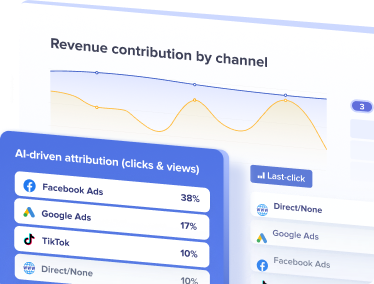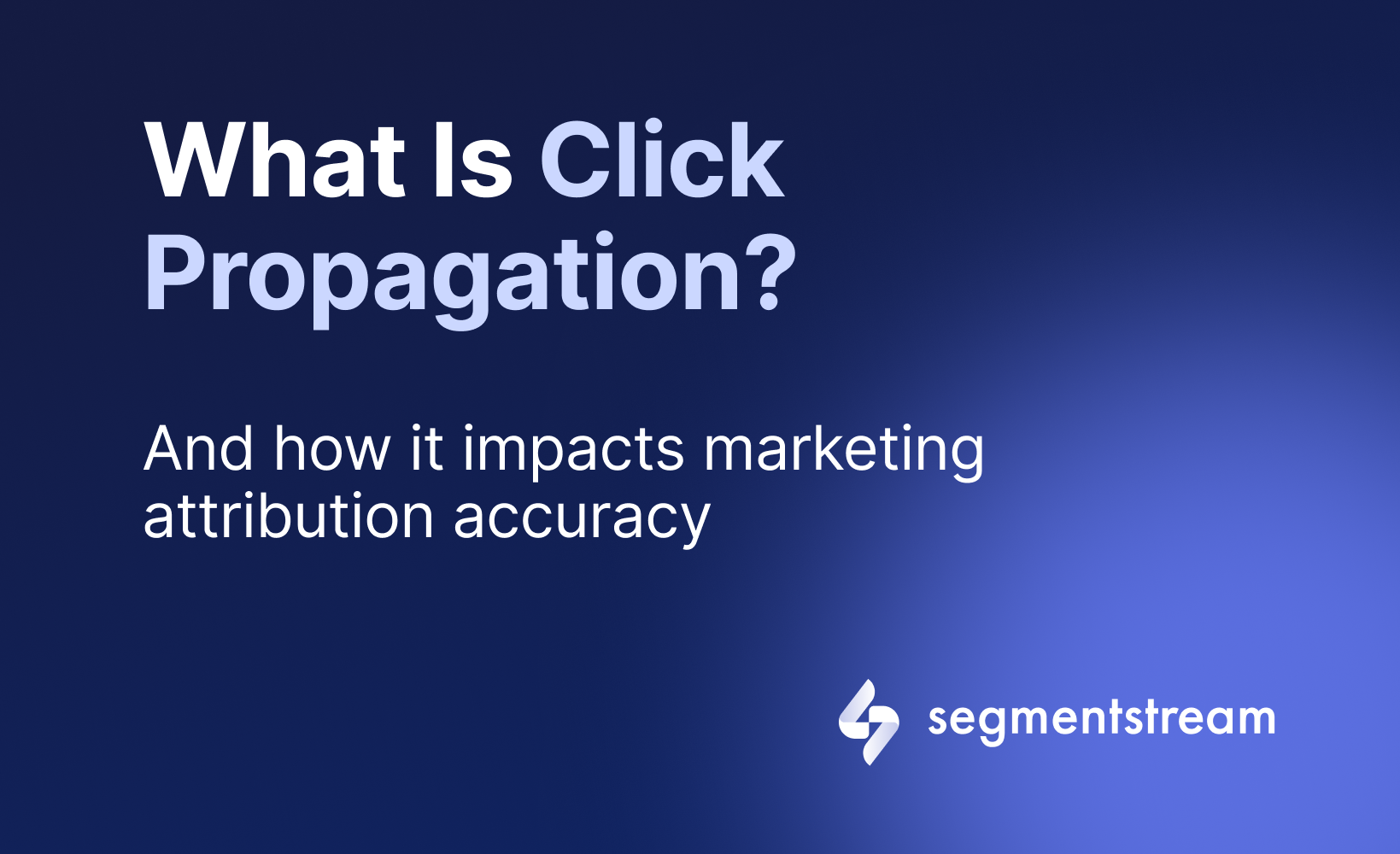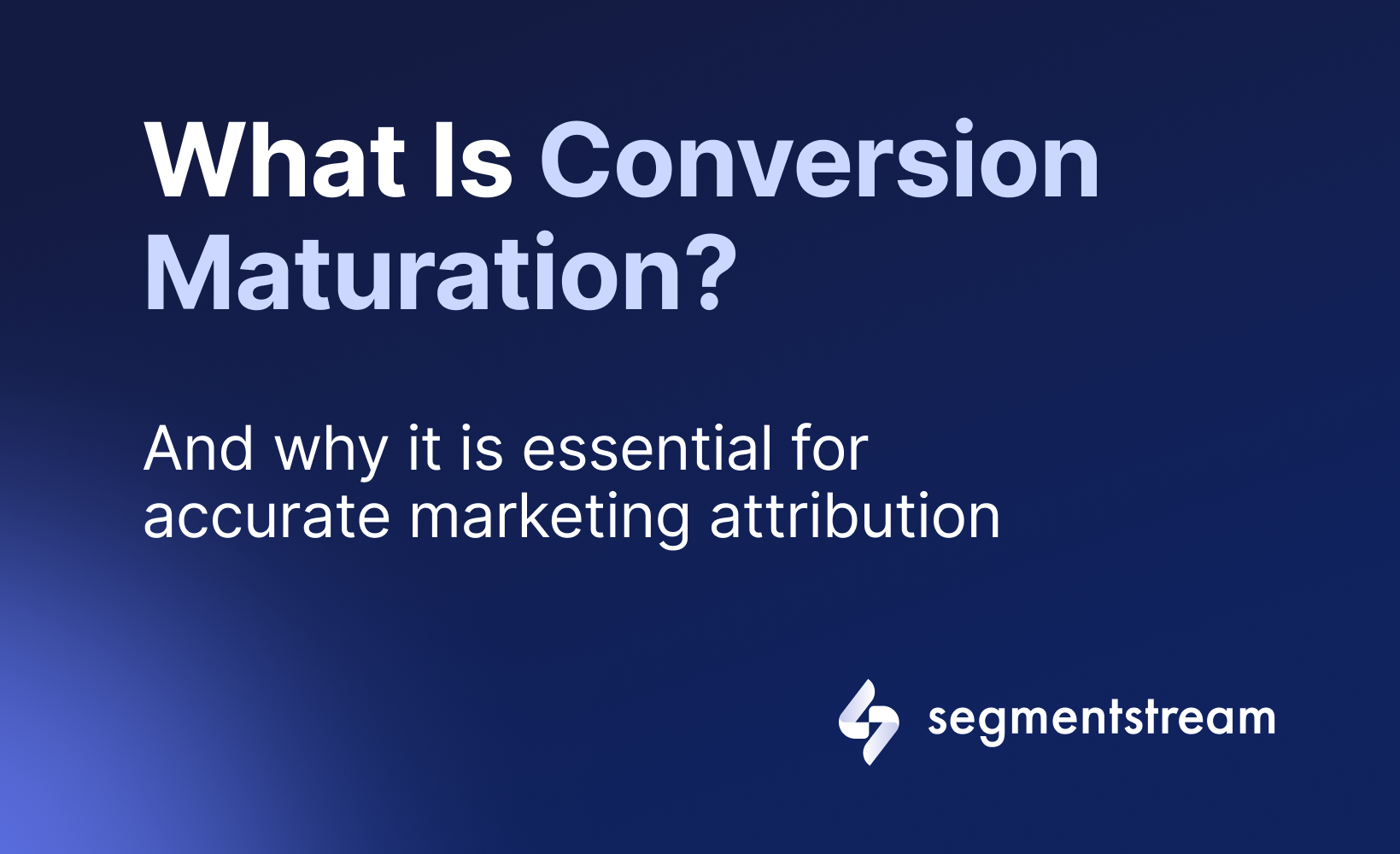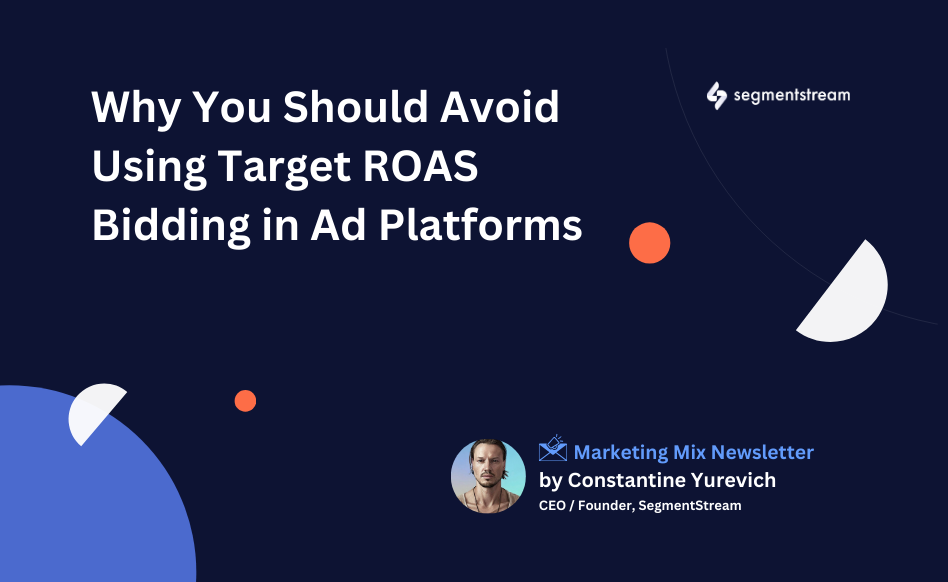
Why You Should Avoid Using Target ROAS Bidding in Ad Platforms

After conducting over 250 sales calls this year, I was genuinely surprised to find that only a small fraction of marketers — even those in senior roles — are familiar with the concepts of Marginal ROAS and Marginal CPA.
Instead, the industry norm remains fixated on Average ROAS and Average CPA (which, in reality, are misleadingly called just “ROAS” and “CPA” in all ad platforms). This reliance on average metrics is not just a minor oversight; it’s a dangerous practice that leads to significant financial waste. By not accounting for how returns diminish or scale with increased spending, marketers risk making investment decisions that burn through advertising budgets without delivering optimal results.
In this article, I aim to explain in simple business terms how relying solely on Average ROAS and Average CPA can literally burn your money. This issue is equally relevant if you’re using Target ROAS or Target CPA bidding strategies in your ad platforms! Without a nuanced understanding of marginal metrics, you’re likely making decisions based on incomplete information, which can harm your bottom line and impede growth.
Understanding Marginal ROAS vs. Average ROAS
Marginal ROAS measures the additional revenue generated from the next dollar spent. It reflects the return on incremental spend and is crucial for making informed budgeting decisions. By focusing on Marginal ROAS, marketers can allocate budgets to areas where the next dollar spent will generate the most revenue.
Take this example: you’re running ads and ready to scale your budget as long as the marketing activities deliver a 1.2x ROAS:
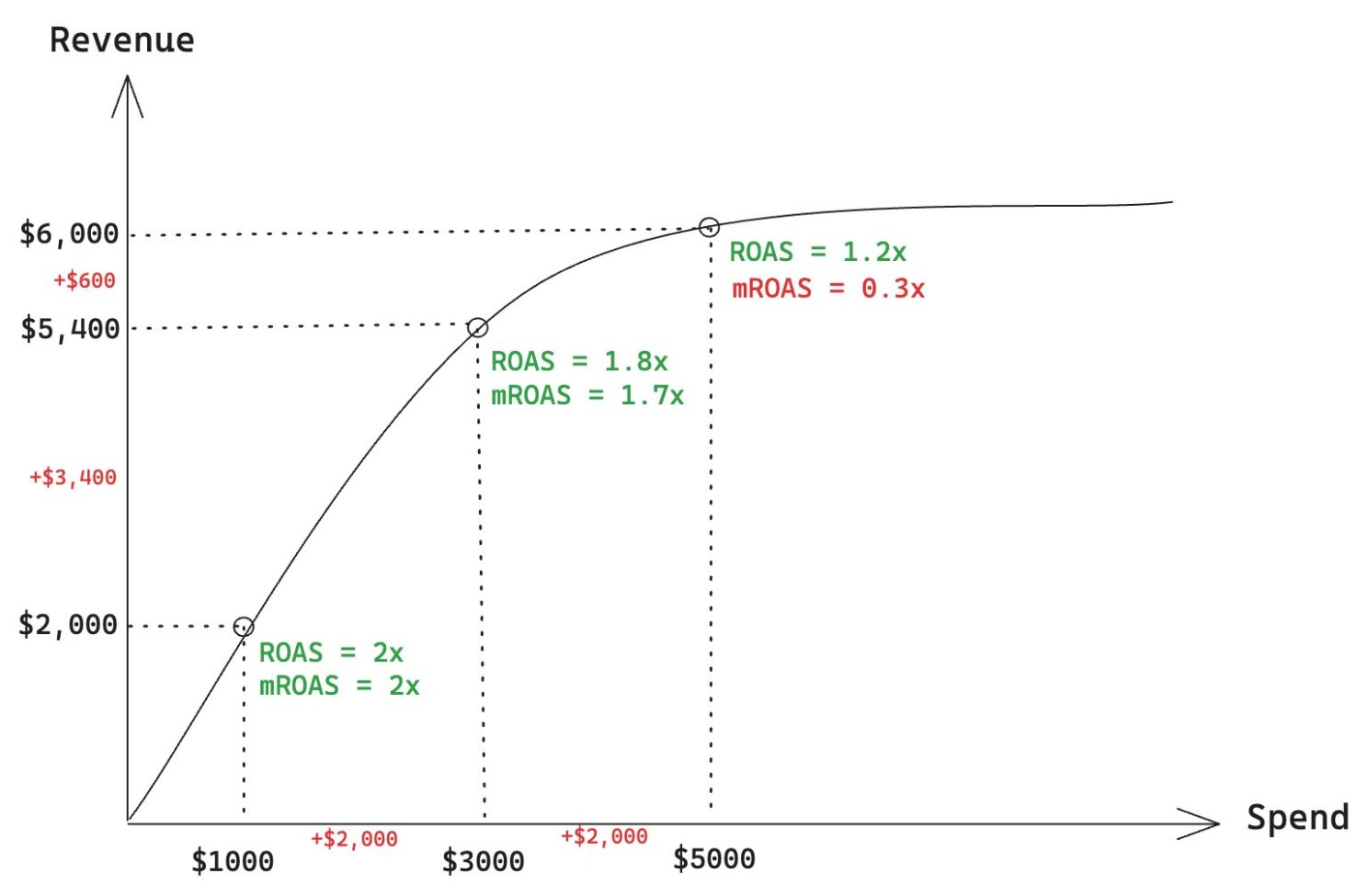 Average ROAS vs Marginal ROAS
Average ROAS vs Marginal ROAS
Most analytics tools, including internal reports from Google Ads and Facebook Ads, would suggest scaling your daily spend to $5,000. What they don’t show is that anything beyond $3,000 is essentially burning money.
Why? Because most marketing analytics platforms rely on Average ROAS, while true performance is revealed only by looking at Marginal ROAS. True incrementality can only be measured dynamically, where Marginal ROAS (mROAS) is the ratio of incremental revenue to incremental cost.
Real-World Example
Let’s consider two campaigns:
• Campaign A: Paid Search Campaign (higher Average ROAS, reaching diminishing returns)
• Campaign B: Display Advertising Campaign (lower Average ROAS, still scales linearly)
Historically, campaigns have the following performance and Average ROAS (which platforms simply call “ROAS”):
 Campaign Performance Overview
Campaign Performance Overview
Now there is a task:
We have an additional $20,000 to allocate and need to decide which campaign to invest it in.
Option 1: Allocate to Campaign A (Paid Search)
It might be tempting to allocate the additional budget to Campaign A because it has a higher Average ROAS of 1.5. This is exactly what many non-technical marketers do, misled by the Average ROAS reported by ad platforms or by relying on automated Target ROAS strategies.
However, due to diminishing returns, the Marginal ROAS for Campaign A drops to 0.8 with the additional spend.
 Marginal Analysis for Campaign A
Marginal Analysis for Campaign A
Nevertheless, inside ad platform and in most marketing analytics tools that have no clue about marginal analysis you will see the following misleading metrics:
- New Total Spend: $100,000 + $20,000 = $120,000
- New Total Revenue: $150,000 + $16,000 = $166,000
- New Average ROAS: $166,000 / $120,000 ≈ 1.38
 Statistics Reported by Ad Platform
Statistics Reported by Ad Platform
Non-technical marketer seeing these metrics will have a misleading perception that investing in Campaign A was a great choice! After all, ROAS of 1.38 is still better than 1.1 of Campaign B, right?
No!
This is what really happened:
• Marginal ROAS Loss: The Marginal ROAS of 0.8 indicates that for every additional dollar spent, you only got $0.8 back, effectively losing $0.2 per every $1 invested in Campaign A.
• Average ROAS Misleading: Even though the New Average ROAS of Campaign A remains higher than that of Campaign B after the additional allocation (1.38 vs. 1.1), the incremental investment is not profitable.
• Burning Money: Allocating based on Average ROAS without considering Marginal ROAS leads to burning money, as the extra spend generates negative returns.
Option 2: Allocate to Campaign B (Display Ads)
Despite having a lower Average ROAS, Campaign B’s Marginal ROAS remains consistent.
 Marginal Analysis for Campaign B
Marginal Analysis for Campaign B
Inside ad platform and in most marketing analytics tools that have no clue about marginal analysis you will see the following misleading metrics:
- New Total Spend: $100,000 + $20,000 = $120,000
- New Total Revenue: $110,000 + $22,000 = $132,000
- New Average ROAS: $132,000 / $120,000 = 1.1
 Statistics Reported by Ad Platform
Statistics Reported by Ad Platform
Non-technical marketer seeing these metrics will have a misleading perception that it was a poor investment. After all, ROAS of 1.1 is seems much lower than 1.5 of Campaign A, right?
Nope!
This is what really happened:
- Consistent Marginal ROAS: The Marginal ROAS remains at 1.1, indicating efficient use of additional funds.
- Incremental Revenue Gain: The Marginal ROAS of 1.1 indicates that for every additional dollar spent, you’ve generated $1.1 back, effectively earning $0.1 per every $1 invested in Campaign B.
- Improved Blended ROAS: The overall ROAS improves compared to allocating to Campaign A.
- Positive Returns: Despite the lower Average ROAS, Campaign B provides incremental revenue and avoids the pitfalls of diminishing returns.
Now let’s compare Blended Avg. ROAS for both options
Option 1 (investing $20,000 in Campaign A: Paid Search) will give you the following blended ROAS:
- Spend: ($120,000 + $100,000) = $220,000
- Revenue: ($166,000 + $110,000) = $276,000
- Blended ROAS: $276,000 / $220,000 = 1.25
 Option 1 - Allocating $20,000 to Campaign A
Option 1 - Allocating $20,000 to Campaign A
Option 2 (investing $20,000 in Campaign B: Display Ads) will give you the following blended ROAS:
- Spend: ($100,000 + $120,000) = $220,000
- Revenue: ($150,000 + $110,000) = $276,000
- Blended ROAS: $282,000 / $220,000 = 1.28
 Option 2 - Allocating $20,000 to Campaign B
Option 2 - Allocating $20,000 to Campaign B
Conclusion
As you can see, investing in Campaign B (Display Ads) with a lower Average ROAS helped achieve a higher Blended ROAS. Allocating your additional budget based on Average ROAS without considering Marginal ROAS can lead to inefficient spending and reduced profitability. This is especially true when campaigns are experiencing diminishing returns.
In my example, by allocating the additional $20,000 to Campaign B (Display Ads), you:
- Increase Revenue: Gain an extra $6,000 compared to allocating to Campaign A.
- Enhance Profitability: Improve your Blended ROAS from 1.25 to 1.28.
- Avoid Losses: Prevent the negative returns associated with Campaign A’s diminishing Marginal ROAS.
So, what happens when you use Target ROAS strategies in Google Ads or Cost Cap in Facebook Ads? Exactly — initially, you invest at a high ROAS, generating great revenue, but at some point, you start losing money for every new dollar invested. The ad platform doesn’t care about this and keeps investing until the Average ROAS reaches the target, regardless of your actual profitability.
The biggest question is: Why do sophisticated companies like Google and Facebook still use such primitive algorithms based on Average ROAS instead of Marginal ROAS?
Partially, I covered this in my previous article about the Dark Age of Marketing Measurement. Another reason is simple — the ad platforms are primarily interested in maximizing their revenue. Using Average ROAS is an effective strategy for them to get extra money from advertisers. (I believe Google account managers have contacted you many times to switch to Target ROAS, haven’t they?)
While calculating Marginal ROAS and Target CPA might be a challenging task, investing in advanced analytics platforms like SegmentStream could be the best decision you make. It can save you thousands of dollars in excess spend by accounting for Marginal ROAS and helping you invest your budget more efficiently, rather than relying on misleading Average ROAS figures.
Key Takeaway: Don’t be deceived by higher Average ROAS numbers. Always consider Marginal ROAS to ensure each additional dollar spent generates positive returns and contributes to your bottom line.
Remember: It’s not about how your campaigns have performed on average in the past but how your next dollar spent will perform in the future.
Optimal marketing
Achieve the most optimal marketing mix with SegmentStream
Talk to expert